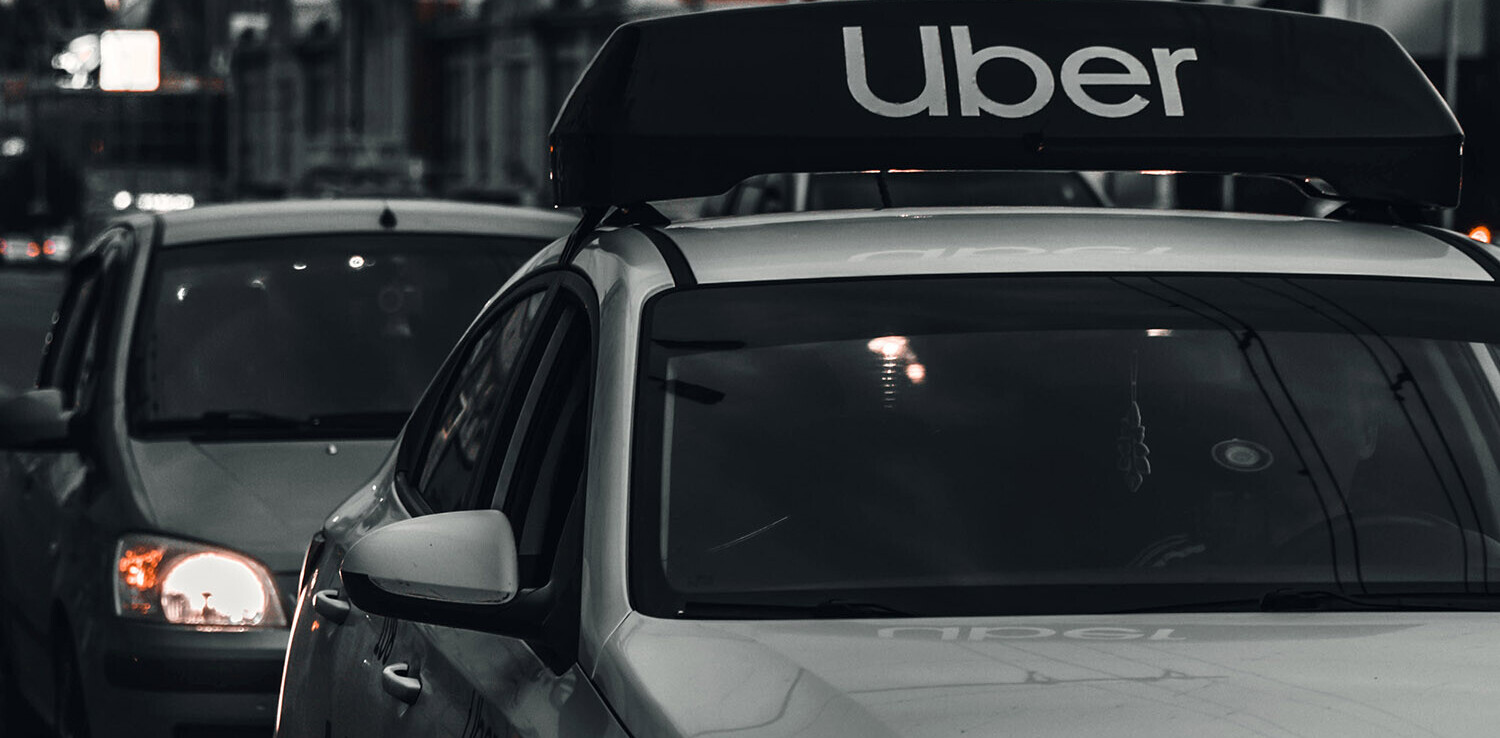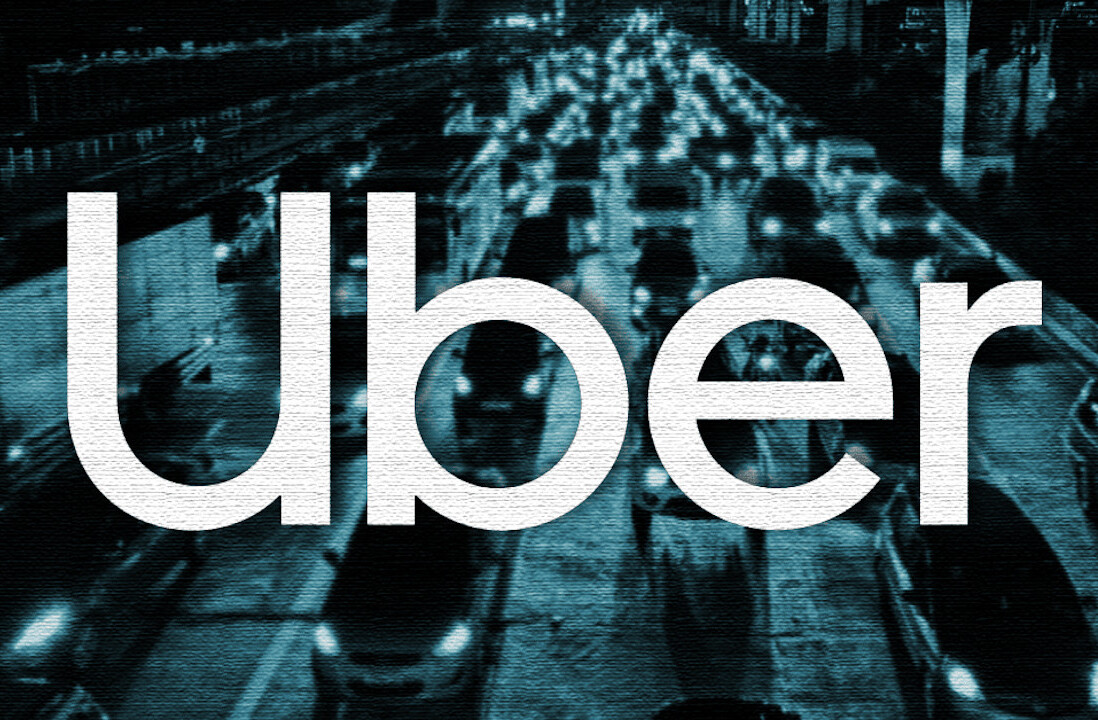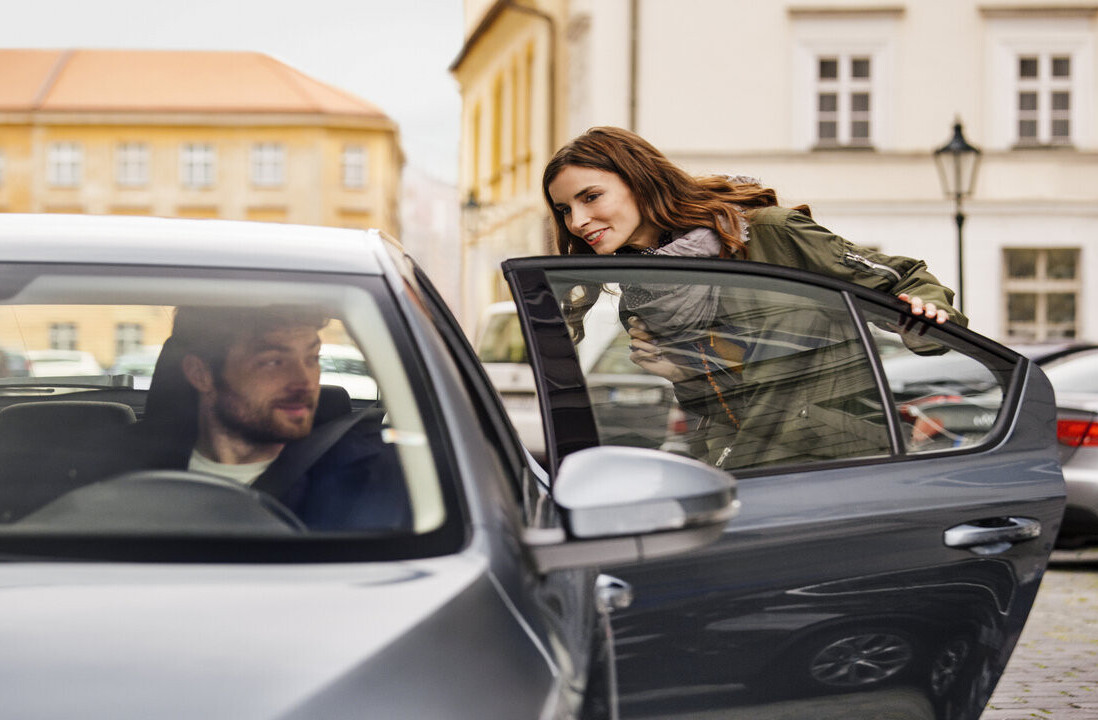
Private car hire service Uber has typically been positioned as a luxurious option for making your way across cities in a swanky car — well, at least that was what it started out as.
However, the company is likely more than aware that its business model (read price) limits its appeal to certain kinds of consumers, such as affluent people or those who want to make a statement or experience luxury once in a while.
As a way to extend its service to a new, more affordable price bracket, Uber launched its lower-cost UberX service in July 2012, offering a more moderate, meaning cheaper, ride around town.
UberX aims to be the cheapest option
Now, cheaper is no longer enough, as Uber has just announced its intention for UberX to be the cheapest option.
“We’re going all-in on being the cheapest ride in town,” Uber CEO Travis Kalanick said in a blog post announcing that UberX’s prices will be slashed by 15 percent – 34 percent in Chicago, San Francisco, Seattle, Los Angeles, Phoenix and Orange County. Another ten more cities — Minneapolis, Atlanta, Sacramento, Tucson, Indianapolis, Denver, Dallas, Baltimore, Charlotte and Nashville — will also be seeing price cuts.
The result is that some UberX rides will cost much less than taking a taxi, as Uber illustrates here.
The company says that UberX will therefore be cheaper than a taxi, cheaper than “every other ridesharing option in every city” and even cheaper than the bus, with fare splitting.
Kalanick notes that Uber is now able to push down its prices as more cars and drivers get on the road, which he says will lead to better coverage and lower pickup times, in turn resulting in better economics for drivers.
Even Uber’s premium service is getting cheaper
Yesterday, Uber cut the prices of its service in Shanghai, China by 30 percent — as it sought to make prices as “accessible” it could for users.
An email to its Shanghai users featured a surprising use of phrasing, saying that “Uber is about being everyone’s private driver” — a far cry from its initial position as a premium mode of transportation.
In fact, an Uber spokesperson subsequently told us that when Uber learns more about the economics of the industry in new cities, lower prices is a trade-off it will “always take” when it can — and noted that other than Shanghai, other cities including Taipei, Los Angeles and San Francisco have also seen price adjustments.
As Uber pursues global expansion aggressively — it has rolled out several parts of Asia including China, not to mention locations that would take it into Africa, Latin America and the Middle East — it is no surprise that it is learning new lessons as it goes along, and one of them has to do with pricing issues.
The bigger picture
It seems like we should sooner or later stop terming Uber as a ‘premium’ taxi service — and instead view it as an independent transportation ecosystem.
In December, at the LeWeb conference in Paris, Kalanick described Uber as an “urban logistics fabric” that was about physically delivering products and services, reinforcing an earlier suggestion that Uber will become an on-demand service for everything.
After all, Uber has already experimented with other products for its on-demand taxi-hailing service. In the past, customers have been given the chance to request Christmas trees, ice cream trucks, roses and even kittens for a limited period.
If building a transport ecosystem is Uber’s plan in the long run, its price cuts are more than just offering passengers a cheaper taxi service. It is about building a brand name, and subsequently attracting more drivers to sign on to its service.
Furthermore, funding could be offsetting its cost. In August 2013, Google Ventures backed Uber with its biggest investment yet, partnering TPG to bring in a massive $258 million for Uber at a valuation of $3.5 billion.
In the future, Uber could be covering all grounds in transportation options — with premium and cheap taxi rides, delivery services, as well as anything else that it could think of as value-added features. It looks like Uber basically wants you to think of calling upon it for any ride you want to make across town — and with its aggressive global expansion, maybe even across the world.
Headline image via Shutterstock
Get the TNW newsletter
Get the most important tech news in your inbox each week.






